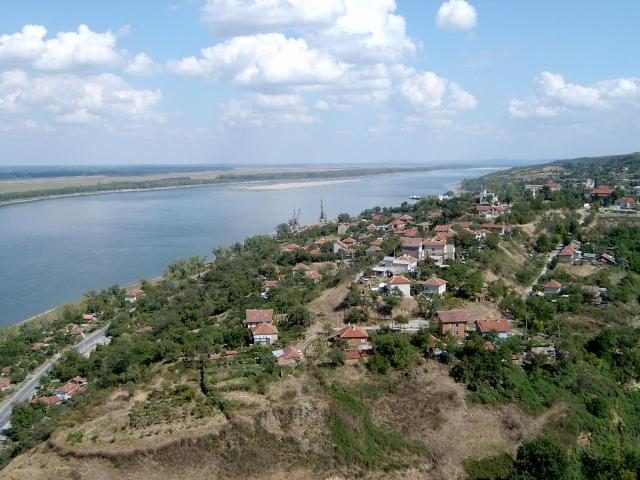

Orehov was mentioned for the first time in a document from 1926, in the connection with the passage of the Hungarian troops alongside the Bulgarian fields. The ancient establishment is situated on one of the hills with a view towards Oryahovo, the highest point from the Bulgarian border of the Danube (226 m). The region, one lived by the Thracians, keeps the traces of a Roman city Vateria and the citadel Variana on the highroad Belgrade – Constantinople.
Today, for the blooming of the Roman culture stand as testimony the vestiges of the ancient citadel Variana from Leskovets and Valerian from Dolni VADIN. The ruins say the fact that throughout the times here passed an Ancient Roman road towards Constantinople, in the Middle Ages, alongside the IXth – the Xth century from where it resulted the Bulgarian city with a castle which was an important frontier point against the Avars and the Hungarians.
For the first time, the name of the city was mentioned in 1226, when the Hungarian army passed through the Bulgarian village Pecan. Repeatedly, it was destroyed and re-built. In 1388 it was conquered by the Turks, and in 1396 came the injured from the fights between the Turks and the Hungarian crusaders of King Sigismund in the marching of the Christian army towards Nikopol. In 1444, the Polish – Hungarian king Wladyslaw Jagiello (Varnenchik) launched an attack for a short period of time. Later on, at the burst of the Revolution from Tarnovo (1598), here there were tested weapon guns of the Wallachia leader Michael the Brave.
In the Middle Ages, the city was named Vzhov, Orezov, Oreev and in the Hungarian language the source is listed at Oreshik. From the beginning of the XVIIIth century until 1888 it is officially called Rahov, then Orehovo and by the end, until present, Oryahovo. Together with the strengthening of the navigation of the Danube, at the end of the XIXth and the XVIIIIth century, Oryahovo is enriched. During the Renaissance it was established as an administrative and economical center of the district, the principal point for providing for the empire goods. In the functional pot there stopped the Austrian, French, Russian and English vessels. In a book from 1726, published at Brussels, Oryahovo is celebrated as being one of the most important Danube cities. Despite the large number of the Turks from here, the national spirit is kept awake. The Bulgarian population took actively part in the fight for the church and for the national independence. The fight for the public education of the local patriotic population is reflected in the creation of a secular school (1857) and of a community center (1871). In the year 1837 it is opened a church “Saint Gheorghe”, which today is a cultural monument of national importance. In 1857 there was inaugurated the class school and later on, a girl school and a community center. The local revolutionary commission founded in 1872 served as a secret channel Oriahovo – Bechet for the transportation of the weapons and for the transfer of the revolutionaries. Levski visited twice the city.
In the winter of the year 1876, Oryahovo was a shelter for the apostles Panayot Volov and Georgi Benkovski in the road towards the revolutionary district Panaghiuriște. The resident of the city were also Stoyan Zaimov, Ivanitsa Danchev, Obretenov Nicola and Nicola Slavkov. Among the Bulgarian volunteers from the Russian – Turkish war there participated the inhabitants from Oryahovo.
The city was freed from under the Ottoman domination on the 21st of November the year 1877 after three days of hard fights between the Romanian troops against the Ottoman ones. In the memory of the Romanian soldiers it is built a monument whose statue is the work of the Italian sculptor Arnaldo Zocchi, author of the Monument of the Liberator King from Sofia and of the Statue of Liberty from Ruse.
After the liberation, Oriahovo has its own specific color – an active commerce on the Danube, the rich cultural and educational life and the first executions on the field. It became a commerce center for a period of three months. Then, for a period of 10 years, during the times of the period 1878 – 1882 and 1884 – 1889, is a regional center. At the beginning of the XXth century is a part from the exterior aspect of the city is represented by a complex of buildings whose architectural style has a great occidental influence. Most of them are conserved. The most important events of this period are the construction of the railway line Cherven Bryag – Oriahovo (1926), the opening of the new church the “Assumption of Mary, Mother of Jesus” (1930) and the finalization of the building of the library projected by the architects Ivan Vasilyov and Dimitar Tsolov (1936.)


